Shani Motel (샤니모텔)
.0M 2024-12-24
18 , Dongjung 3-gil, Buan-gun, Jeonbuk-do
+82-63-584-9935
Shani Motel is in Buan, Jeollabuk-do, and is accessibly situated just a 7-minute walk from the Buan Intercity Bus Terminal. Rooms are spacious and neat, and the motel is equipped with accessibility features for physically and visually impaired visitors, including disabled parking spaces, entrance ramps and braille blocks; guide dogs are welcome. Many tourists visit during the Masil Festival in May.
Buan Sports Park (부안스포츠파크)
3.3Km 2024-04-07
31, Cheyukgongwon-gil, Buan-gun, Jeonbuk-do
+82-63-580-3904
Buan Sports Park spans over an area of 82,644 square meters. The park has a natural grass soccer field equipped with 6,700 seats, track and field made with natural rubbers, a torch holder, tennis courts, baseball field, basketball court, footsal field, an in-line skating track, an experience hall for children, a playground, and more, as well as lighting facilities for nighttime events. Other facilities include water fountain, grass performance hall, various types of trees and flowers, benches and rest areas. With accommodations nearby, the park is used as a training facility for teams from elementary school students to even professional athletes.
Buan Guam-ri Dolmens (부안 구암리 지석묘군)
7.5Km 2024-04-07
Seoksang-ri, Buan-gun, Jeonbuk-do
+82-63-580-4711
Buan Guam-ri Dolmens, designated as Historical Site No. 103, is comprised of southern-style dolmens. Dolmen refers to a particular structure of a tomb created during the Bronze Age. Dolmen is largely classified into two groups – Southern-type that has small footstones supporting large top stone; and Northern-type which is shaped like a desk. In Guam-ri, there were originally 13 dolmens, but only 10 remain. Most of the dolmens have 8 small footstones propping up one large top stone, compared to the dolmens in other regions which normally have 4 footstones.
Arirang Literature Museum (조정래 아리랑문학관)
10.4Km 2024-04-07
24, Yongseong 1-gil, Gimje-si, Jeonbuk-do
+82-63-540-3934
Located in Gimje, Jeollabuk-do, Arirang Literature Museum (Jo Jung-rae Arirang Literature Museum) was opened in May, 2003. The museum displays materials related to Jo Jung-rae’s novel "Arirang," a work praised to have x_heightened Korea's literature standards in aspects of cultural, literary, and popular value. "Arirang" takes place during the time of Japanese colonization, vividly describing the pain and common racial values which people shared as a whole amidst the suffering and efforts that were made to bring Korea's independence a step closer.
Gaeamsa Temple (개암사)
10.5Km 2024-04-07
248, Gaeam-ro, Buan-gun, Jeonbuk-do
+82-63-581-0080
Gaeamsa Temple is a small, quiet temple built in 634 during the Baekje dynasty. The origin of the name "Gaeam" goes back to 282 BC, when King Mun from the Byeonhan confederacy took refuge here during the revolt of the Jinhan and Mahan confederacies. Under King Mun's command, temples for the new fortress were built on east and west sides of the valley; the western temple was called Gaeam. In 676, the temple was expanded and in 1276, thirty more buildings were raised, expanding it to a grand temple.
Gimje Horizon Festival (김제지평선축제)
10.8Km 2025-07-09
442 Byeokgolje-ro, Buryang-myeon, Gimje-si, Jeonbuk-do
+82-63-540-3037
In Korea, finding an unobstructed horizon is a rarity, making Gimje’s expansive horizon a unique and stunning sight. Held in the autumn when the fields are tinged with gold, the Gimje Horizon Festival celebrates this unique landscape. The festival aims to promote Gimje’s famous rice and preserve traditional agricultural culture based on the theme of, “where the land meets the sky.” The torch parade at night is the highlight of the festival. The spectacular performance in front of the huge twin dragon sculptures standing at the center of the Byeokgolje Reservoir (Historic Site No. 111) perfectly captures the festival’s vibrant and passionate atmosphere. Throughout the festival venue, there are farming activities, such as harvesting rice and threshing, as well as rural experiences of the past, such as catching grasshoppers and riding an ox cart.
◎ Byeokgolje Reservoir
Built during the Baekje period, the manmade reservoir shows the wisdom of Korea’s ancestors and the old agricultural system. On the embankment more than 3 kilometers long, five floodgates were installed to discharge water into the rice fields.
Byeokgolje Reservoir Site (김제 벽골제)
10.9Km 2024-04-07
442 Byeokgolje-ro, Buryang-myeon, Gimje-si, Jeonbuk-do
+82-63-540-4094
Byeokgolje Reservoir Site is home to the embankment and stele recording reconstruction for Korea’s first ever reservoir. Records show it was rebuilt in the 6th year of King Wonseong of Silla (790), the 21st year of King Hyeonjong and King Injong of Goryeo (1143), and then again in the 15th year of King Taejong of Joseon (1415). It was lost due to heavy rain in 1420 (the 2nd year of King Sejong's reign).
Currently, only about 3 kilometers of straight embankment remains on the site. In 1925, the Dongjin Land Improvement Association remodeled this embankment and used it as a channel for providing water for farming, thus losing a lot of its original appearance. A monument was erected on the north side of the embankment to commemorate the rebuilding of Byeokgolje Reservoir during the Joseon Dynasty. However, it is difficult to read the writing because it is worn out.
In 1975, two sites with water gates that controlled the water in the reservoir were excavated, and the results showed that the construction used large-scale, high-level engineering technology. Byeokgolje Reservoir is not only significant in that it was Korea's first reservoir but also proves that the country’s civil engineering technology was developed enough to build such a reservoir at the time, revealing a groundbreaking fact in the history of science and technology in Korea.
Nearby tourist attractions can be visited together: Byeokgolje Agricultural Museum, where you can get a glimpse of the old agricultural culture, Theme and Experience Space for Agriculture, and Byeokcheon Art Gallery, which displays the works of Na Sang-mok, an Oriental Painting artist in Korea.
* Pets are allowed; however, a leash is required.
Byeokgolje Museum of Agricultural Culture (벽골제 농경문화 박물관)
10.9Km 2024-04-06
442, Byeokgolje-ro, Gimje-si, Jeonbuk-do
+82-63-540-4989
The largest irrigation facility in Korea, Byeokgolje Reservoir (Historic Site) is considered the birthplace of Korea’s rice-farming culture. All that remains of the reservoir today are a three-kilometer long embankment that spans from Sinyong-ri to Wolseung-ri in Buryang-myeon, Gimje-si and a monument that was erected in 1415. The Byeokgolje Museum of Agricultural Culture exhibits around 250 artifacts related to rice farming; located within the same complex is an experience center where visitors can discover many properties of irrigation facilities first-hand.
Donghak Peasants Revolution Memorial Hall (동학농민혁명기념관)
13.5Km 2025-01-09
742 Donghak-ro, Jeongeup-si, Jeonbuk-do
+82-63-530-9454
The Donghak Peasants Revolution Memorial Hall was founded to commemorate the peasants who rose up against corrupt public officials in 1894. The hall presents various educational programs and events. The hall is divided into an exhibition hall and an educaitonal hall.
Manghaesa Temple (망해사)
14.7Km 2024-04-07
94, Simpo 10-gil, Gimje-si, Jeonbuk-do
+82-63-540-3324
Manghaesa Temple is located at the edge of the Gimje Plains before the sea. The temple stands at the summit of Jinbongsan Mountain. The temple was named for the view of the ocean and the fields of rice. The temple was established by the great monk Buseol Geosa during the 2nd year of King Uija of Baekje (AD 642). Years later, Dobeopsa (a Chinese monk from the Tang dynasty) renovated the temple. The temple was altered again during the reign of King Injo of the Joseon dynasty when the great monk Jinmuk Daesa built Nakseojeon Hall in 1589. Bogwangjeon Hall and Chilseonggak Pavilion were built much later in 1933. Manghaesa Temple is unique in that it is the only temple where the distant horizon is visible over both land and sea. Nearby attractions include a walking path through a field of reeds by Mangyeonggang River and views of the sunset over the sea.
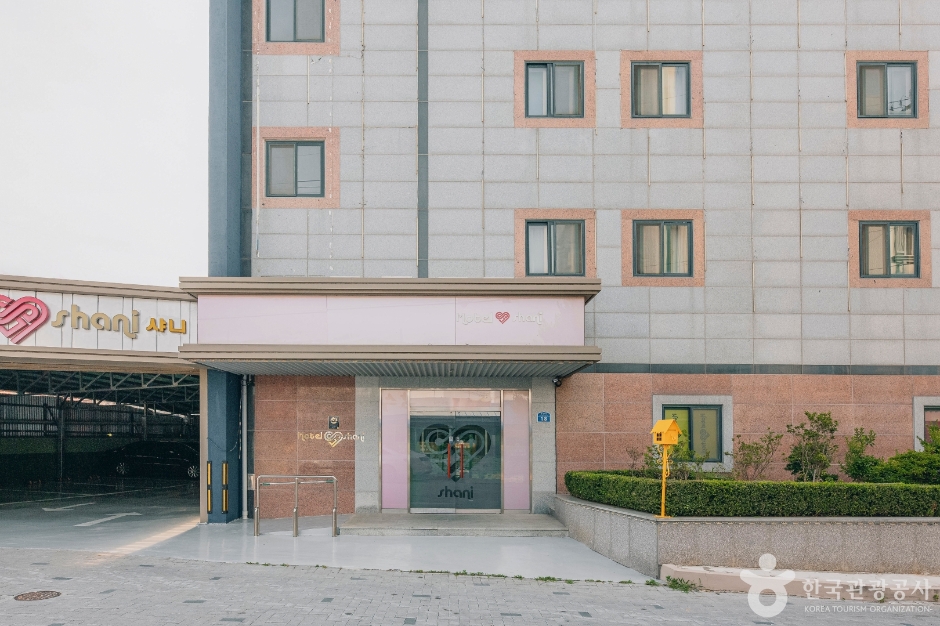

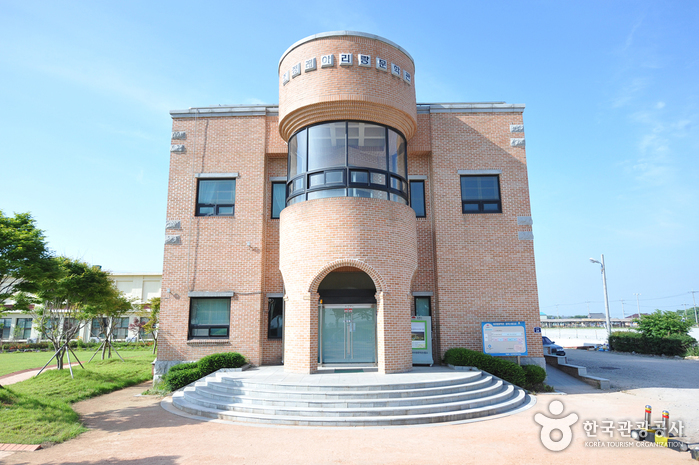

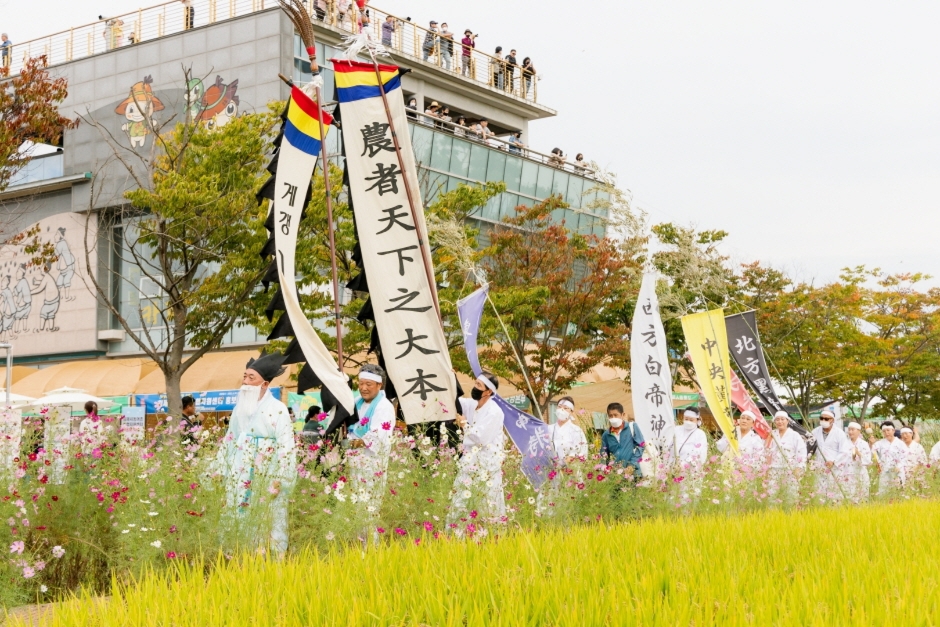
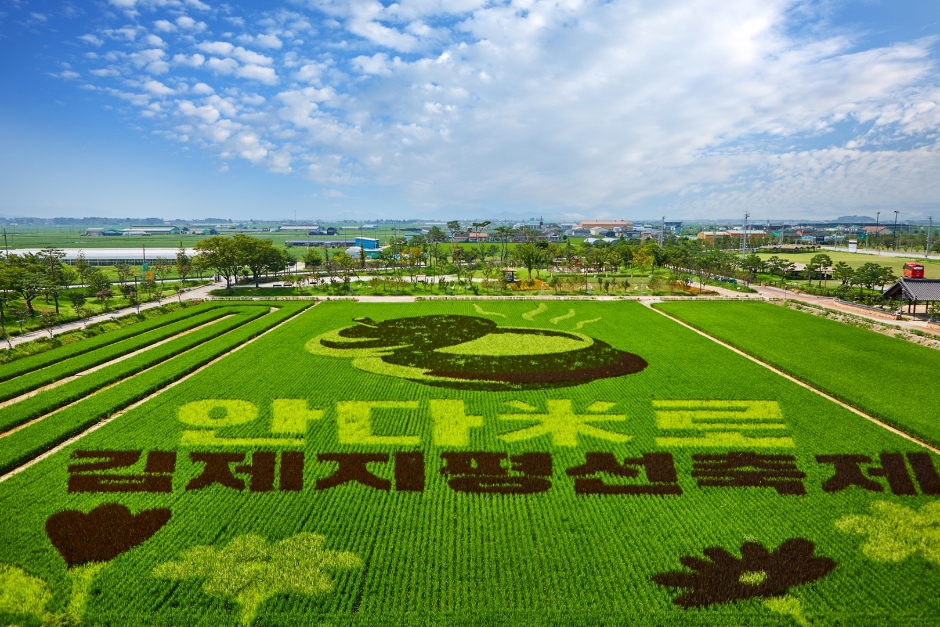
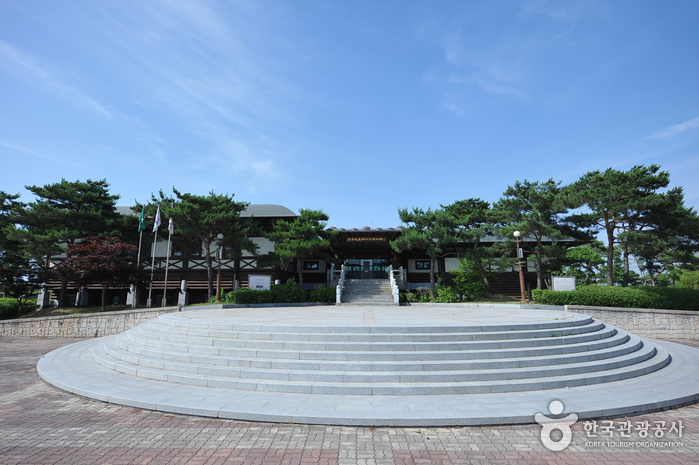
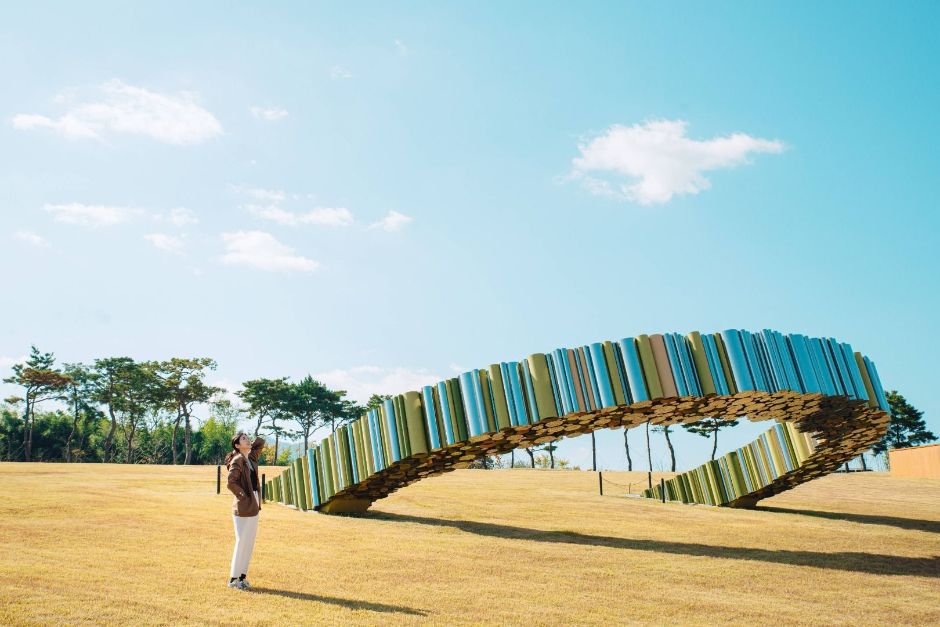
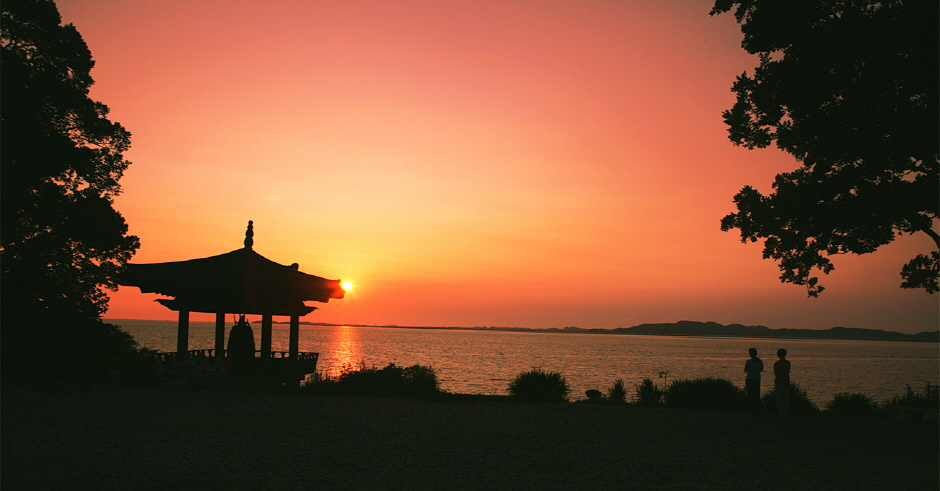
 English
English
 한국어
한국어 日本語
日本語 中文(简体)
中文(简体) Deutsch
Deutsch Français
Français Español
Español Русский
Русский